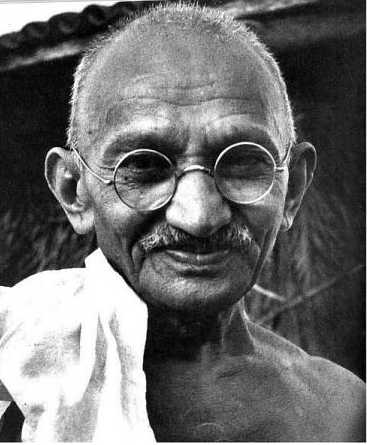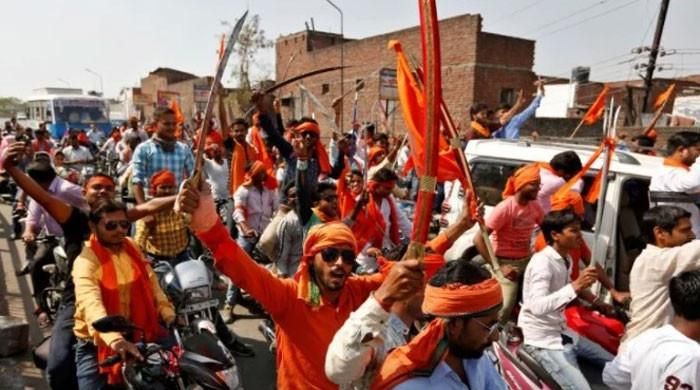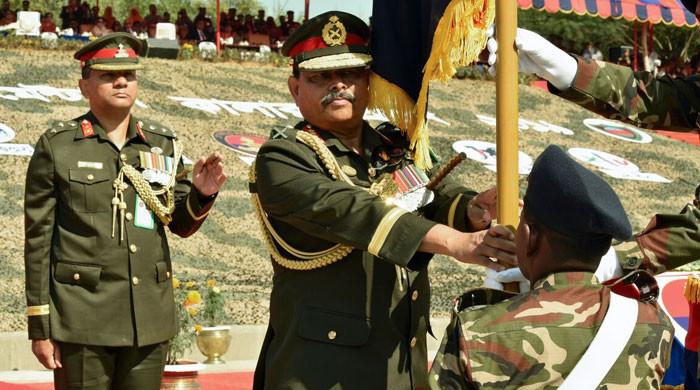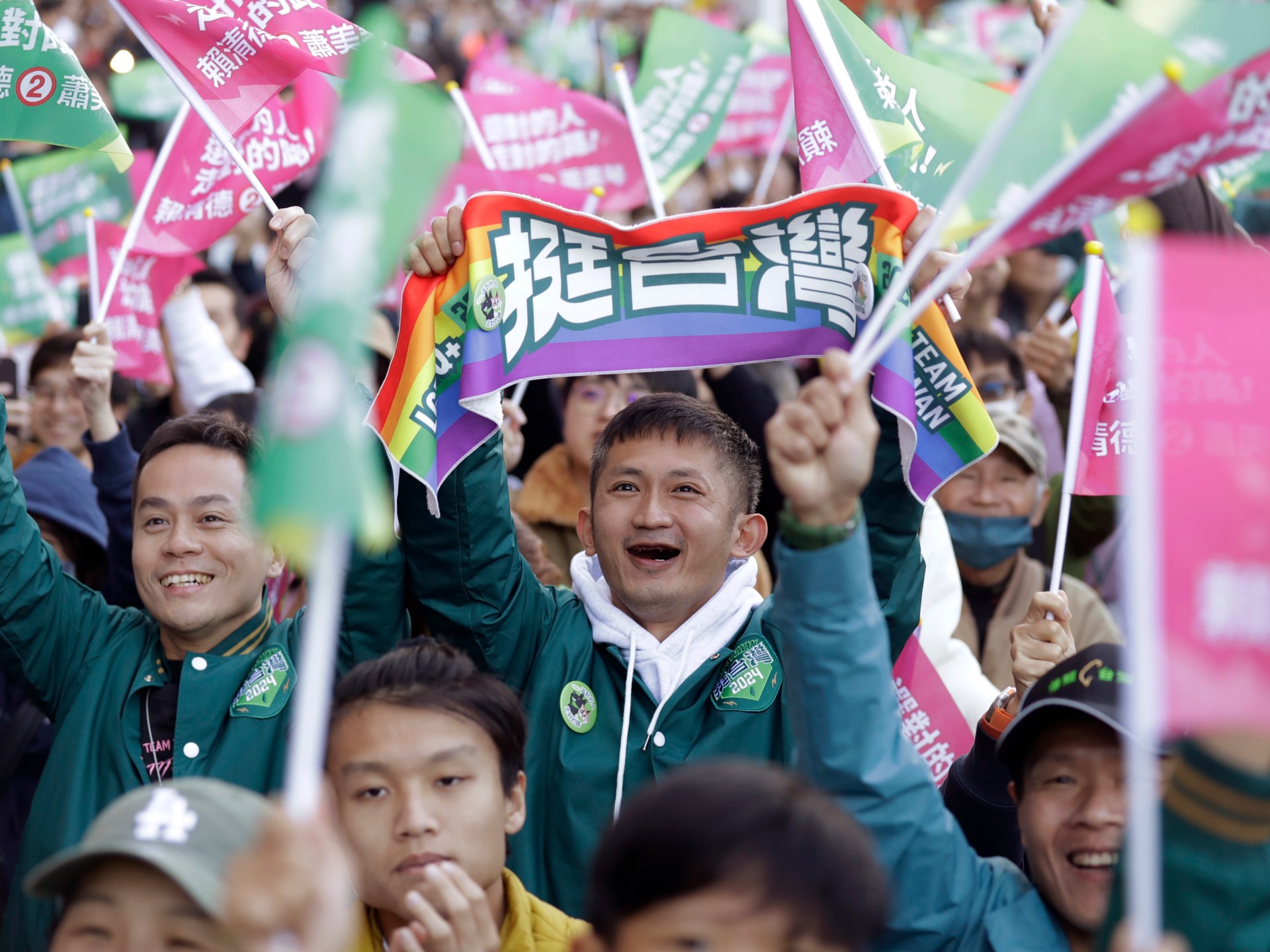Rana Ayyub writes a scathing op-ed in The Washington Post lamenting the defamation of India’s founder for his supposed pro-Muslim stance
Appreciated by the West and the entire world due to his leading stance of advocating non-violent protest, Mahatma Gandhi has become a victim of growing Hindu nationalism in India for 75 years, writes journalist Rana Ayyub, a staunch critic of the Indian Prime Minister Narendra. Mode.
Ayyub, lamenting that Gandhi’s assassin has now been reinvented as a hero, in his scathing op-ed in Washington Post — highlights that India’s founder is now under attack in his own birthplace by Hindu extremists for championing Hindu-Muslim unity and his failure to establish Hindu rule in the South Asian nation.
The article sheds light on the fact that three of the top 10 trends on social media platform

A month before that, he said, at one of India’s largest Hindu festivals, posters of Godse were displayed along with those of Hindu deities in the state neighboring Gandhi’s birthplace, Gujarat.
Godse, a fundamentalist, blamed Gandhi for the loss of Pakistan during partition and believed the latter to be pro-Muslim. He feared that Hindus would continue to lose ground if Gandhi continued to have influence in the government.
Godse was a member of the Hindu nationalist paramilitary organization Rashtriya Swayamsevak Sangh (RSS), which is the ideological source of Prime Minister Modi’s Bharatiya Janata Party (BJP), and since Modi was first elected in 2014, the narrative that blames Gandhi has established himself, Ayub noted.
“In Colaba, a bustling tourist street in Mumbai, a souvenir seller outside the Taj Mahal Palace hotel was unimpressed when I picked out a bronze souvenir depicting Gandhi at the 1930 Dandi March, protesting the British tax on food. salt. He said the only people who buy things like that are “white foreigners.”
“The trader, originally from Gujarat, did not want to be identified, but told me that a new generation of Indians has a different opinion of the man he refers to as ‘the father of the nation.’ He tells me that Gandhi divided India to appease the Muslims and appear as a humanist to the world.
“The world loves to put pseudo-secularists like him on a pedestal, but now we are aware of his reality,” Ayyub quoted the trader as saying.
“This school of thought is not an aberration. Modi has referred to MS Golwalkar, who led the RSS at the time of the assassination, as a great inspiration. It was Golwalkar who declared at a Hindu right-wing rally on December 7, 1947 that “Mahatma Gandhi wanted to keep Muslims in India so that the Congress [party] They will be able to benefit from their votes at the time of the election. We have the means to immediately silence these men, but it is our tradition not to be hostile to Hindus. If we are forced, we will also have to resort to that path.” A month later, Gandhi was assassinated.”
Ayub further writes: “At Sabarmati Ashram in Gujarat, one of the Mahatma’s homes, I came across teenagers posing for selfies and having a picnic on the lawn. When I asked them questions about Gandhi, they did not seem interested. He remembered that his face was on the Indian rupee. One university student mocked Gandhi, dismissing him as simply the grandfather of ‘Pappu’ (a derogatory term coined for Indian opposition leader Rahul Gandhi, who is not actually related to the Mahatma).
“Gandhi has never been so unpopular. Richard Attenborough’s 1982 biopic about him won eight Academy Awards and introduced a new generation to the Indian independence fighter. As recently as 2006, a Bollywood blockbuster, ‘Lage Raho Munnabhai’, saw Gandhi come back into fashion on the streets of India. The film depicts a small-time conman who, in an attempt to win back his lost lover, undergoes a transformation when he accidentally stumbles upon the works and writings of Gandhi. Through Gandhi’s ideas of nonviolence, social justice, and secularism, the protagonist is able to fight social evils and in the process win back his idealistic lover. A catchy hit song remembers Gandhi’s life and calls on him to return from the dead to save the country.
“However, since ultra-nationalist Hinduism took hold, Gandhi’s image has failed. In 2019, a prominent MP from Modi’s BJP, Pragya Singh Thakur, called Godse a “patriot” in the house. Only after a national outcry did Modi condemn his words, calling them “very bad and very wrong for society.”
“Yet, the Hindu Mahasabha, another extension of the RSS, now celebrates Gandhi’s assassination in public as ‘Shaurya Divas’ (Day of Bravery), and on the 71st anniversary of Gandhi’s assassination, in 2019, it reenacted his assassination to let the cameras see it. Loud applause from the fans. In June this year, Modi’s Union Minister Giriraj Singh called Gandhi’s assassin “the good son of India” while speaking to reporters during a tour. Congress Party general secretary KC Venugopal said: “The Prime Minister’s silence indicates that he approves of his every word.”
“Over the last few years, history textbooks in India have been revised to remove facts that do not support the preferred narrative. ‘The background of Gandhi’s assassin, Nathuram Godse […] and Gandhi’s advocacy of Hindu-Muslim unity and opposition to Hindu majoritarianism after Independence have been eliminated,’ Outlook magazine revealed this year.
“Atul Dodiya, one of India’s leading artists, tries to keep the Mahatma alive through his paintings and retrospectives. An artist deeply influenced by Gandhi, he says his 1997 work titled ‘Lamentation’, was a result of the despair he felt after one of the worst communal riots in Indian history, the Mumbai riots that followed the demolition of the iconic Babri Masjid by BJP and RSS leaders. He says it was the definitive attack on Gandhi’s ideas.”
After more than two decades of documenting Gandhi and more than 200 paintings for various galleries, he attempts to preserve the hope that India will not turn its back on the man who sacrificed his life for the freedom of the nation.
“But in today’s India, the prime minister invokes Gandhi only when he needs to, usually at international meetings,” Ayyub concludes.












